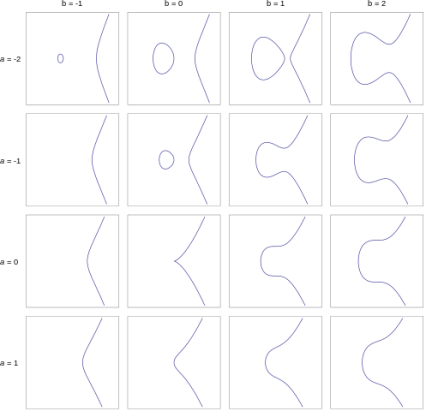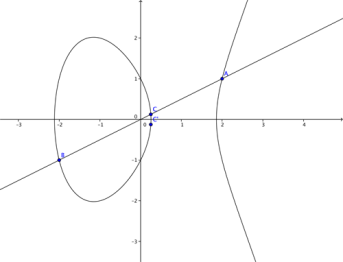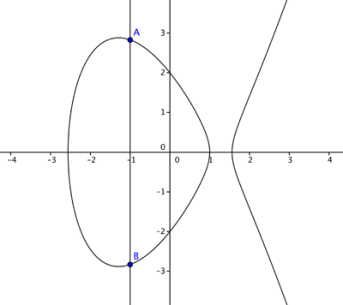 James Ellis is one of Britain’s great unsung heroes, whose work at GCHQ as a cryptographer and mathematician that led to the development of methods used to combat cyber terrorism and crime, has been largely forgotten. However, GCHQ has recently published a number of documents (1 | 2) written by Ellis in 1970 to highlight the key role he played in the online security used by ordinary individuals on a daily basis, for example in internet shopping.
James Ellis is one of Britain’s great unsung heroes, whose work at GCHQ as a cryptographer and mathematician that led to the development of methods used to combat cyber terrorism and crime, has been largely forgotten. However, GCHQ has recently published a number of documents (1 | 2) written by Ellis in 1970 to highlight the key role he played in the online security used by ordinary individuals on a daily basis, for example in internet shopping.
In a speech given last week by the director of GCHQ, Robert Hannigan, at MIT University, large praise was given to Ellis and his accomplishments:
“The sheer boldness of Ellis’ concept, and of [fellow GCHQ cryptographers] Malcolm Williams and Clifford Cock’s subsequent work is still staggering, reversing centuries of assumptions about how communications could be protected… Strong, relatively cheap encryption became ‘democratised’ and enabled more secure communications on a global scale. Encryption went from being a tool of strategic advantage between super-power blocs, but to a key enabler of individual freedom and safety.”
So what did Ellis do?
Ellis found the solution to the problem of sending secret messages from one person to another without the need for a system of keys or codes, to allow the receiver to decode the message. In 1969, Ellis arrived at a solution whereby the receiver of the message would encode the message, not the sender.
This is now known as Public-Key Cryptography, which is one of the greatest breakthroughs in modern cryptography.
However, for years their discovery was classified as top-secret, preventing them from publishing their findings. Instead, researchers at Stanford University and MIT came up with a similar solution and published it, claiming the glory.
Public-Key Cryptography
I remember vaguely reading about James Ellis in Simon Singh’s book ‘The Code Book’, and I’m so happy that his papers were finally declassified! Hope you enjoyed this post. M x






